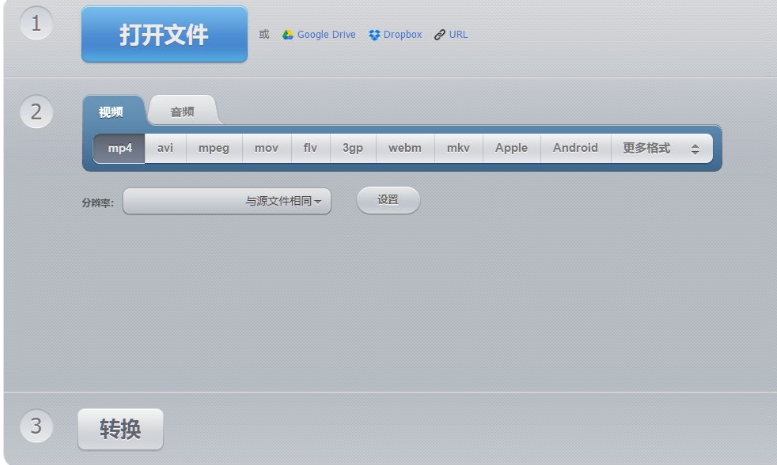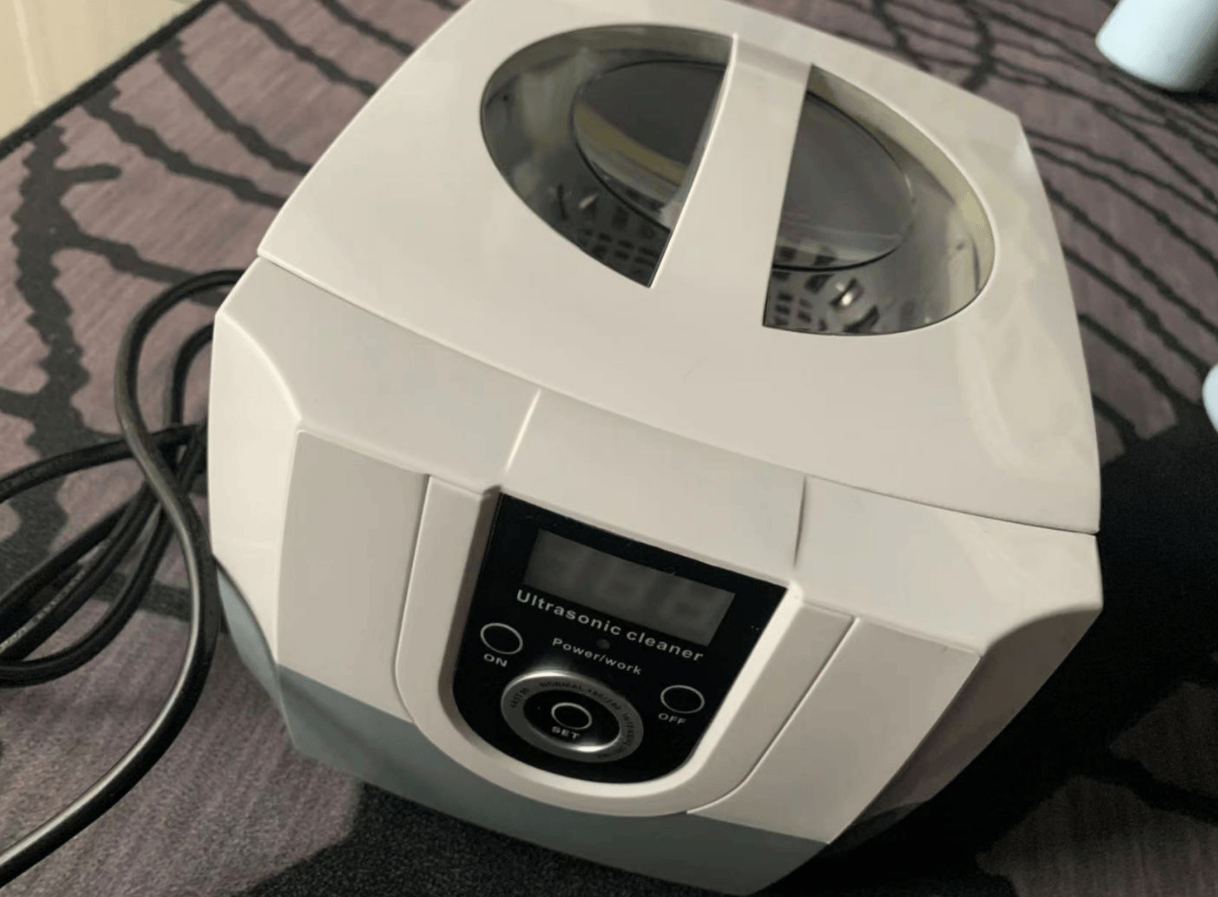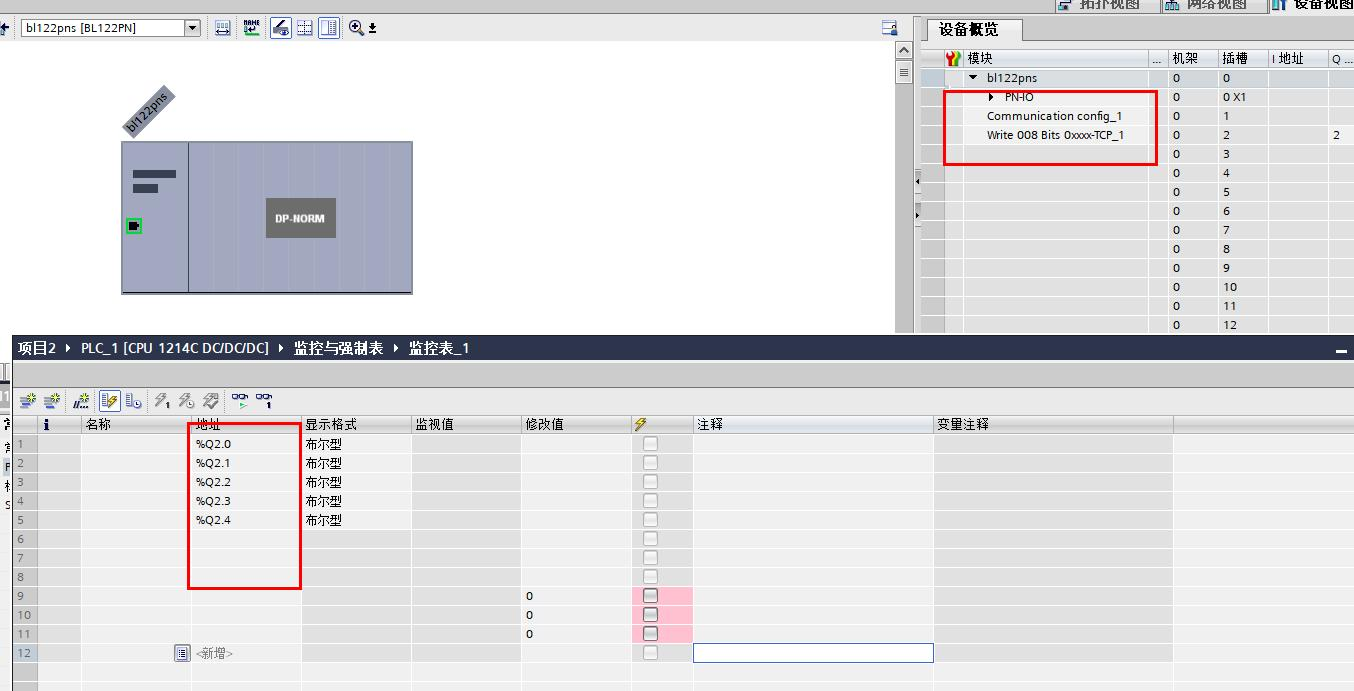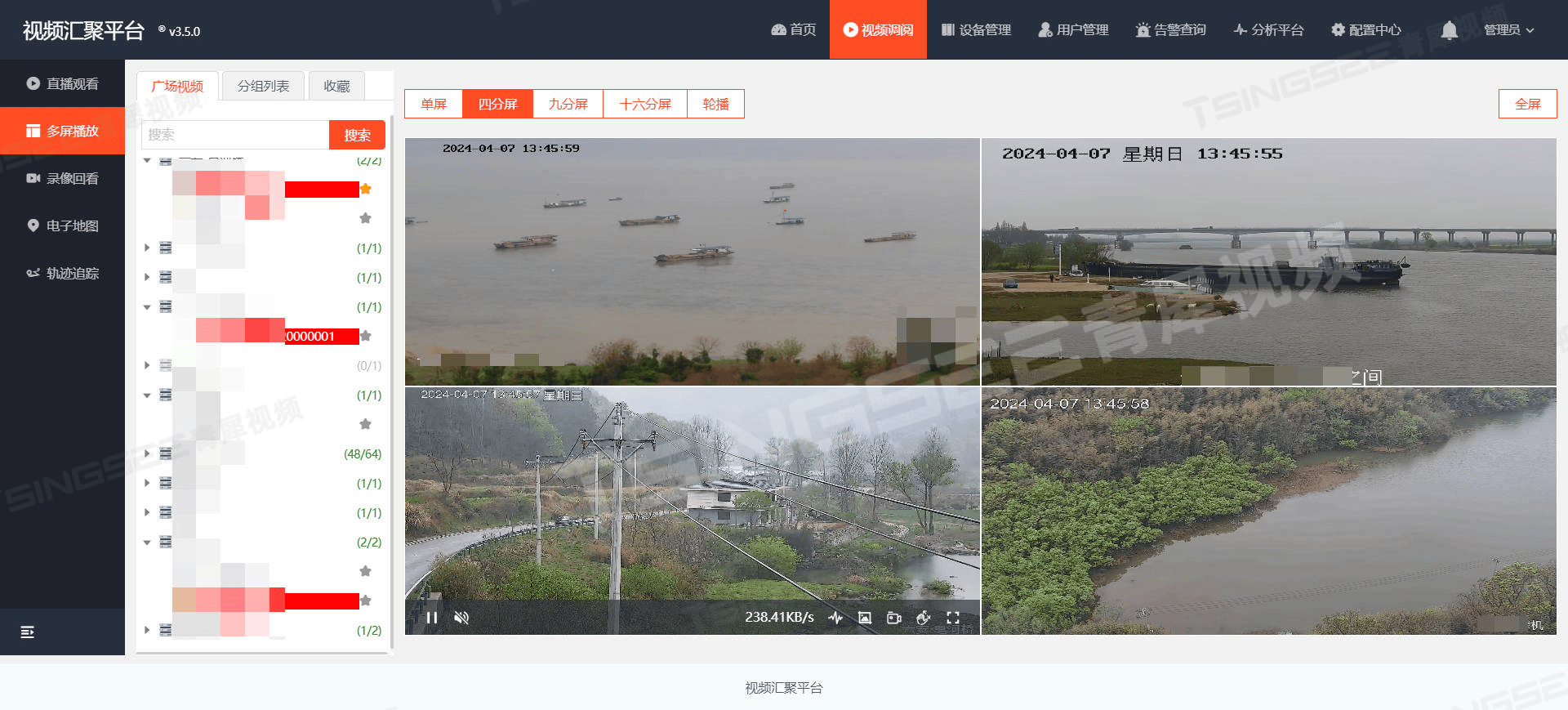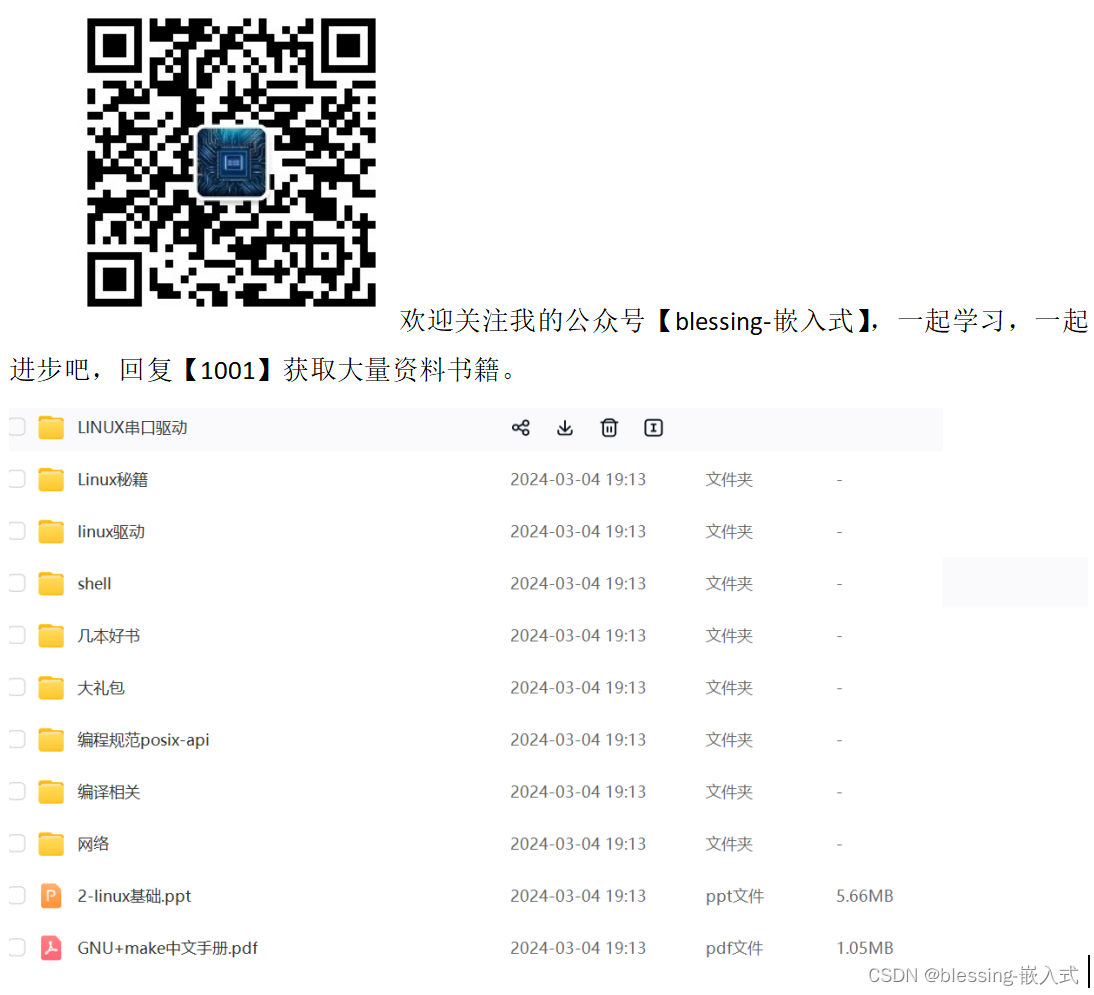目录
- 概述
- 优点
- 列表布局RecyclerView
- 一、创建RecyclerView并且在布局中绑定
- 二、实现RecyclerView单个item的布局
- 三、给RecyclerView写一个对应的适配器Adapter
- 1.创建自定义的ViewHolder
- 2.继承Adapter,泛型使用我们自定义的ViewHolder
- 3.重写Adapter的三个方法
- onCreateViewHolder
- getItemCount
- onBindViewHolder
- 四、RecyclerView绑定布局和适配器
- 五、RecyclerView单个item点击事件
- 1.创建监听接口
- 2.Activity中实现接口并且传给Adapter
- 3.绑定事件中监听
- 4.当点击时,执行的是Activity中实现的方法
概述
RecyclerView 是 Android 开发中一个非常强大且灵活的组件,用于在有限的窗口中展示大量数据集。它提供了一种比传统的 ListView 更高效的方式来滚动大量数据项。RecyclerView 不仅可以像 ListView 那样垂直滚动,还可以水平滚动,甚至支持更复杂的布局,如网格布局(Grid Layout)、瀑布流布局(Staggered Grid Layout)。
优点
- ViewHolder对视图复用;
- 可以垂直滚动和水平滚动;
- 支持多种布局;
列表布局RecyclerView
今天实现一个简单的RecyclerView,效果如下图所示:

一、创建RecyclerView并且在布局中绑定
<androidx.recyclerview.widget.RecyclerView
android:id="@+id/rlv_1"
android:layout_width="match_parent"
android:layout_height="match_parent" />
rlv1 = findViewById(R.id.rlv_1)
二、实现RecyclerView单个item的布局
```kotlin
<LinearLayout xmlns:android="http://schemas.android.com/apk/res/android"
xmlns:app="http://schemas.android.com/apk/res-auto"
android:layout_width="match_parent"
android:layout_height="wrap_content"
android:background="#cccccc"
android:paddingTop="10dp"
android:paddingBottom="10dp"
android:paddingRight="20dp"
android:paddingLeft="20dp">
<ImageView
android:id="@+id/iv_icon"
android:layout_width="50dp"
android:layout_height="50dp"
android:layout_marginRight="20dp"
android:src="@drawable/fangyuan" />
<LinearLayout
android:layout_width="wrap_content"
android:layout_height="match_parent"
android:layout_weight="1"
android:orientation="vertical">
<TextView
android:id="@+id/tv_name"
android:layout_width="wrap_content"
android:layout_height="0dp"
android:layout_weight="1"
android:text="小白"
android:textColor="@color/black"
android:textSize="16sp" />
<TextView
android:id="@+id/tv_content"
android:layout_weight="1"
android:layout_width="wrap_content"
android:layout_height="0dp"
android:textSize="14sp"
android:textColor="#666666"
android:text="今天上班有摸鱼吗?"/>
</LinearLayout>
<TextView
android:id="@+id/tv_time"
android:layout_width="wrap_content"
android:layout_height="wrap_content"
android:gravity="end"
android:layout_marginTop="20dp"
android:textColor="#999999"
android:textSize="14sp"
android:text="2024年7月9日"/>
</LinearLayout>
三、给RecyclerView写一个对应的适配器Adapter
1.创建自定义的ViewHolder
class MyViewHolder(itemView: View) : RecyclerView.ViewHolder(itemView) {
var ivIcon: ImageView? = null
var tvName: TextView? = null
var tvContent: TextView? = null
var tvTime: TextView? = null
init {
ivIcon = itemView.findViewById(R.id.iv_icon)
tvName = itemView.findViewById(R.id.tv_name)
tvContent = itemView.findViewById(R.id.tv_content)
tvTime = itemView.findViewById(R.id.tv_time)
}
}
2.继承Adapter,泛型使用我们自定义的ViewHolder
class MyAdapter(
): RecyclerView.Adapter<MyViewHolder>() {
}
3.重写Adapter的三个方法
onCreateViewHolder
顾名思义,创建我们自定义ViewHolder的实例,也就是将item的布局作为itemView。ViewHolder是列表中每个item。
inflate,三个参数,
第一个为加载的布局id;第二个为该布局的外部是否嵌套一层父布局,不用就是null;第三个,是否给加载的布局添加一个root的外层容器。
override fun onCreateViewHolder(parent: ViewGroup, viewType: Int): MyViewHolder {
val view = LayoutInflater.from(context).inflate(R.layout.item_list, parent, false)
val myViewHolder = MyViewHolder(view)
return myViewHolder
}
getItemCount
item的条数
override fun getItemCount(): Int {
return nameList.size
}
onBindViewHolder
通过onCreateViewHolder()绑定了布局之后,接下来对数据和布局里面的控件进行绑定。
override fun onBindViewHolder(holder: MyViewHolder, position: Int) {
holder.tvName?.text = nameList[position]
holder.tvContent?.text = contentList[position]
holder.tvTime?.text = timeList[position]
}
四、RecyclerView绑定布局和适配器
private fun initData() {
val nameList = ArrayList<String>()
val contentList = ArrayList<String>()
val timeList = ArrayList<String>()
for (i in 0..19) {
nameList.add("方正")
contentList.add("送外卖第${i}天")
timeList.add("${1}月${i + 1}日")
}
val adapter = MyAdapter(this,nameList,contentList,timeList)
val manager = LinearLayoutManager(this)
rlv1?.layoutManager = manager
rlv1?.adapter = adapter
}
至此,已经实现了开头的列表效果。
五、RecyclerView单个item点击事件
1.创建监听接口
interface OnItemClickListener {
fun onItemClick(position: Int)
}
2.Activity中实现接口并且传给Adapter
3.绑定事件中监听
holder.itemView.setOnClickListener{
listener.onItemClick(position)
}
